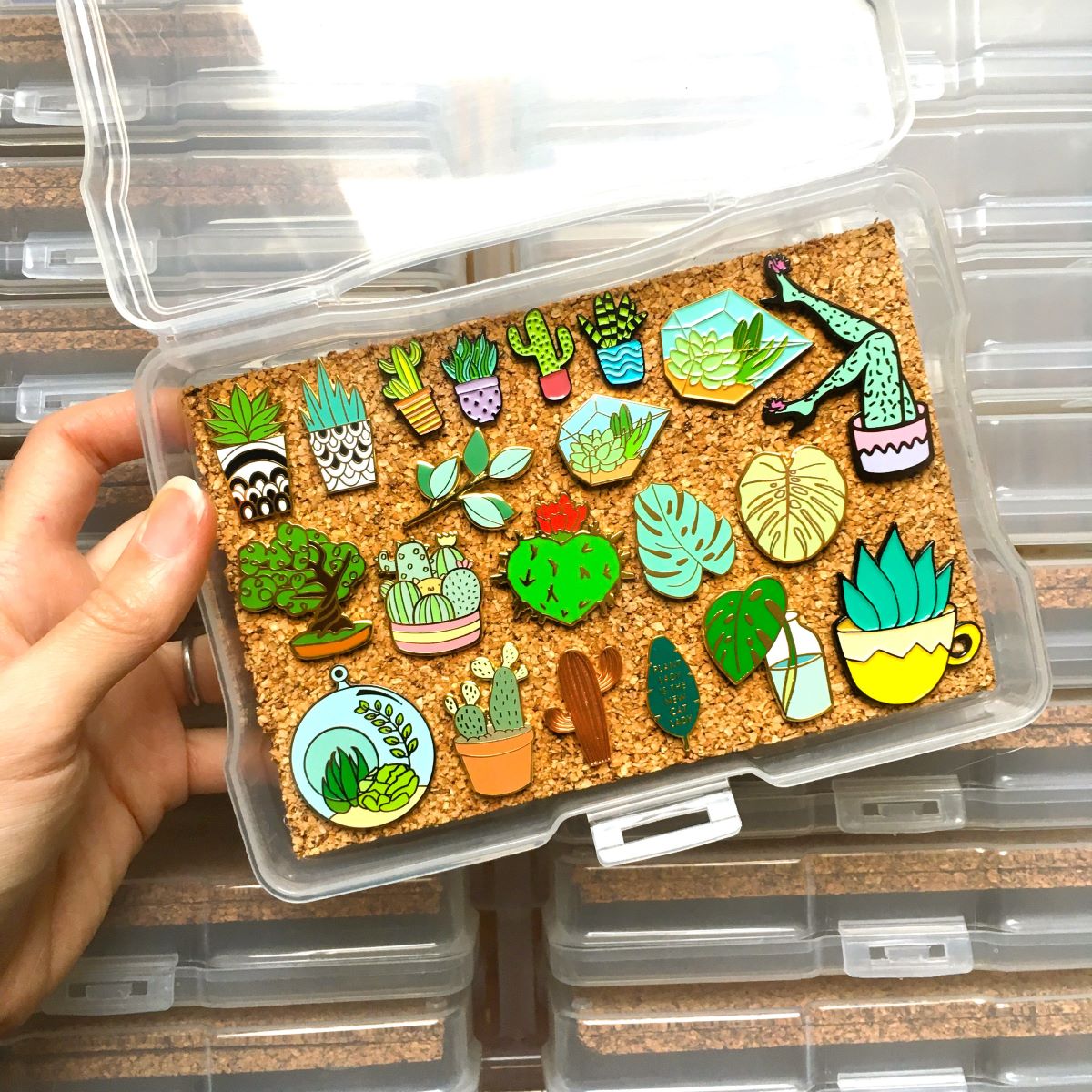

Articles
How To Store Pins
Modified: January 6, 2024
Learn how to store pins effectively with these helpful articles. Find tips and tricks for organizing and preserving your pin collection.
(Many of the links in this article redirect to a specific reviewed product. Your purchase of these products through affiliate links helps to generate commission for Storables.com, at no extra cost. Learn more)
Introduction
When it comes to collecting pins, whether they are enamel pins, lapel pins, or button pins, finding an effective way to store them is essential. Pins are not only collectibles but also a form of self-expression that allows individuals to showcase their interests, passions, and memories. Proper pin storage not only helps to protect and preserve these precious items but also makes it easier to organize and display them.
In this article, we will explore the various types of pins, discuss the purpose of storing pins, and provide valuable insights on different storage options, tips for organizing, and safety measures for pin storage. Whether you are a pin enthusiast, a collector, or simply someone looking for a way to store your growing pin collection, this article has got you covered.
Key Takeaways:
- Proper pin storage is essential for preserving the quality, condition, and longevity of your collection. It protects against damage, keeps pins organized, and provides opportunities for display, enhancing their value and appeal.
- Understanding the different types of pins and choosing suitable storage options based on collection size, display preferences, and preservation needs are crucial for maintaining the integrity and enjoyment of your pin collection.
Read more: How To Store Pins Collection
Purpose of Storing Pins
The foremost purpose of storing pins is to preserve their quality and condition over time. Pins are usually made from materials such as metal, enamel, or plastic, and they can be easily scratched or damaged if not stored properly. By utilizing appropriate storage methods, such as keeping the pins in a secure container or display case, you can ensure that they remain in optimal condition for years to come.
Another important reason to store pins is to keep them organized. As pin collections grow, it can become challenging to find a specific pin when needed. By having a systematic storage system in place, you can easily locate and access your pins whenever desired. This not only saves time but also allows you to enjoy your collection and share it with others more effectively.
Types of Pins
Pins come in various types and designs, catering to different interests and themes. Some common types of pins include:
- Enamel Pins: These pins are crafted from metal and covered with a colored enamel coating. They are popular among collectors due to their vibrant colors and intricate designs.
- Lapel Pins: Lapel pins are typically worn on the lapel of a jacket or coat and are often used as a form of identification or to signify membership in a group or organization.
- Button Pins: Button pins are typically round and feature a printed design or message. They are often used to promote causes, events, or as fashion accessories.
These are just a few examples, and the world of pin collecting offers a wide range of options to suit individual preferences.
Factors to Consider Before Storing Pins
Before choosing a storage option for your pins, there are a few factors to consider:
- Size and Quantity: Evaluate the size of your pin collection and estimate how many pins you have. This will help you determine the storage capacity you need.
- Display vs. Storage: Decide whether you want to display your pins or keep them stored away. Some storage options allow for both display and storage, while others focus primarily on protection.
- Ease of Access: Consider how often you may need to access your pins. Depending on your preference, you may want a storage solution that allows for easy retrieval.
- Long-term Preservation: If you have valuable or vintage pins, prioritize finding storage options that provide proper protection from environmental factors such as moisture, light, and dust.
By taking these factors into account, you can choose the right storage solution that best suits your needs and preferences.
Key Takeaways:
- Proper pin storage is essential for preserving the quality, condition, and longevity of your collection. It protects against damage, keeps pins organized, and provides opportunities for display, enhancing their value and appeal.
- Understanding the different types of pins and choosing suitable storage options based on collection size, display preferences, and preservation needs are crucial for maintaining the integrity and enjoyment of your pin collection.
Read more: How To Store Pins Collection
Purpose of Storing Pins
The foremost purpose of storing pins is to preserve their quality and condition over time. Pins are usually made from materials such as metal, enamel, or plastic, and they can be easily scratched or damaged if not stored properly. By utilizing appropriate storage methods, such as keeping the pins in a secure container or display case, you can ensure that they remain in optimal condition for years to come.
Another important reason to store pins is to keep them organized. As pin collections grow, it can become challenging to find a specific pin when needed. By having a systematic storage system in place, you can easily locate and access your pins whenever desired. This not only saves time but also allows you to enjoy your collection and share it with others more effectively.
Additionally, storing pins helps to protect them from external elements and potential damage. Pins are susceptible to tarnish, rust, and fading when exposed to moisture, sunlight, or excessive heat. Keeping your pins properly stored in a controlled environment helps to minimize the risk of such damage, ensuring the longevity of your collection.
Furthermore, organized pin storage allows for better display options. Many pin enthusiasts take pride in showcasing their collections, whether it be on a pin board, a shadow box display, or even a custom-made frame. Having your pins stored in an orderly manner makes it easier to curate and arrange them for display, creating an aesthetically pleasing and visually appealing presentation.
Storing pins also has practical benefits in terms of convenience and space management. Pins are small items that can easily get misplaced or lost if not properly stored. By designating a specific storage area or container for your pins, you can keep them secure and avoid the frustration of searching for misplaced pins. Moreover, efficient pin storage allows for better use of space, especially if you have a large collection. Utilizing organizational tools such as pin organizers or storage compartments maximizes space utilization and keeps your pins easily accessible.
Lastly, storing pins enhances the overall value of your collection. Whether you are a casual collector or an avid pin enthusiast, a well-preserved and well-maintained collection is more likely to appreciate in value over time. Proper storage not only helps to retain the original condition of the pins but also protects any accompanying packaging or documentation, adding to the collectible value.
Overall, the purpose of storing pins goes beyond mere protection and organization. It allows for better preservation, display, convenience, and value appreciation. By investing in the right storage methods, you can ensure the longevity and enjoyment of your pin collection for years to come.
Types of Pins
Pins come in various types and designs, catering to different interests and themes. Understanding the different types of pins can help you appreciate the diversity within the pin collecting community. Here are a few common types of pins:
- Enamel Pins: Enamel pins are one of the most popular types of collectible pins. They are crafted from metal, typically die-struck, and filled with colored enamel. Enamel pins are known for their vibrant colors and intricate designs. They often feature unique artwork, logos, or illustrations, making them highly sought after by pin enthusiasts. Enamel pins can be a great way to showcase your personal interests, hobbies, or fandoms.
- Lapel Pins: Lapel pins, as the name suggests, are designed to be worn on the lapel or collar of a jacket or coat. They are often used to signify membership in a group or organization, such as clubs, teams, or companies. Lapel pins can feature a variety of symbols, logos, or emblems that represent a specific group or cause. These pins are not only a form of identification but also a way to show support or affiliation.
- Button Pins: Button pins are typically round and feature a printed design or message on the front. They are often used for promotional purposes, such as promoting a cause, raising awareness, or advertising events. Button pins are versatile and can be customized with various designs, including logos, slogans, or artwork. They are popular for their affordability and ease of production, making them a common giveaway item at events or a way to express personal opinions or statements.
- Magnetic Pins: Magnetic pins are a practical alternative to traditional pins that require piercing through fabric or material. They consist of a decorative front piece, typically made of metal or enamel, and a magnetic backing. The magnetic backing securely holds the pin in place without the need for any poking or piercing. Magnetic pins are convenient to use, especially for delicate fabrics or when you want to avoid damaging your clothing.
These are just a few examples of the different types of pins available. Pin collecting is a vast world with endless possibilities. You can find pins representing interests ranging from sports teams and movies to animals, food, and everything in between. Exploring the various types of pins allows you to discover new themes and designs that resonate with your personal style and preferences.
Whether you prefer collecting enamel pins for their artistic flair, lapel pins for their symbolic value, or button pins for their versatility, each type of pin adds its own unique charm to any collection.
Factors to Consider Before Storing Pins
Before choosing a storage option for your pins, it is essential to consider a few factors to ensure that your pins are properly stored and protected. Here are some key factors to keep in mind:
- Size and Quantity: Evaluate the size of your pin collection and estimate how many pins you have. This will help you determine the storage capacity you need. If you have a small collection, a compact storage solution may suffice. However, for larger collections, you may need a more spacious storage option or multiple containers to accommodate your pins.
- Display vs. Storage: Decide whether you want to display your pins or keep them stored away. Some pin collectors enjoy showcasing their collection and have dedicated display boards, shadow boxes, or frames to exhibit their pins. If display is your primary goal, look for storage options that offer visibility and accessibility for your pins. On the other hand, if you prefer to keep your pins stored for safekeeping, focus on storage solutions that prioritize protection and organization.
- Ease of Access: Consider how often you may need to access your pins. If you frequently change or rotate the pins you display, you will want a storage solution that allows for easy retrieval without causing damage to the pins. Opt for storage options that offer convenient access, such as pin organizers with removable trays or drawers, or storage cases with clear lids or compartments.
- Long-term Preservation: Take into account the long-term preservation of your pins. If you have valuable or vintage pins that are susceptible to damage, it is crucial to choose storage options that provide protection from environmental factors. Look for containers that offer features like cushioned interiors, acid-free materials, or anti-tarnish properties to prevent damage from moisture, humidity, or tarnish. Additionally, consider storing your pins in a location that is away from direct sunlight or extreme temperature fluctuations.
- Organization: Think about how you want to organize your pins. There are various approaches to organizing pins, such as arranging them by theme, color, size, or collecting year. Decide on a system that makes sense to you and ensures easy navigation within your collection. Storage options that include dividers, compartments, or customizable layouts can help keep your pins organized and prevent tangling or scratching.
By considering these factors, you can select the appropriate storage option that not only suits your pin collection’s needs but also aligns with your personal preferences and display goals. Keep in mind that storage solutions may vary depending on the size and type of pins you have, so adapt the chosen option accordingly.
Ultimately, the right storage solution will provide a balance between protection, accessibility, organization, and preservation, allowing you to enjoy and showcase your pin collection for years to come.
Different Storage Options for Pins
When it comes to storing your pin collection, there are several options available to suit different needs, preferences, and display goals. Here are some common storage options for pins:
- Pin Display Boards: Pin display boards are a popular choice for showcasing pins while keeping them secure. These boards are typically covered with fabric or felt and have a dense foam backing that allows you to easily insert pins through the fabric. Pin display boards come in various sizes and can be mounted on walls or displayed on shelves. They offer a visually appealing way to display your pins and make for a striking wall decor.
- Pin Display Cases: Pin display cases provide both storage and display capabilities. These cases are designed with transparent lids or fronts, allowing you to easily view and admire your pins while keeping them protected. They often feature multiple layers or compartments, which are useful for organizing and displaying different sets of pins. Pin display cases come in various sizes, from small portable cases to larger showcase-style cabinets.
- Pin Binders or Albums: Pin binders or albums are a convenient way to store and organize your pins. These binders feature transparent pocket pages where you can slide your pins into individual pockets. The advantage of using pin binders is that they offer portability and flexibility. You can easily flip through the pages to view your pin collection, and the binders can be stored on bookshelves or taken with you when traveling to pin trading events or conventions.
- Pin Organizers: Pin organizers are specially designed containers with compartments or trays to store and organize pins. These organizers come in various sizes and configurations, offering flexibility in terms of storage capacity. Some organizers have removable trays or drawers, allowing you to easily access and rearrange your pins. They are a practical option for those who want to keep their collection neatly organized and protected from scratches or damage.
- Shadow Boxes: Shadow boxes provide a unique and creative way to display your pin collection. These box-like frames have a glass or transparent front, allowing you to arrange your pins inside while adding background elements like fabric, photos, or artwork for an attractive display. Shadow boxes can be hung on walls or placed on shelves, providing a visually appealing and customizable display for your pins.
Each storage option has its own advantages and can cater to different preferences. The choice ultimately depends on factors such as the size of your collection, the desire for display or storage, and personal aesthetics. Consider the accessibility, protection, and visual impact of each option before deciding on the best storage solution for your pin collection.
It’s worth noting that regardless of the storage option you choose, it is important to handle your pins with care and avoid excessive handling to prevent any accidental damage. Remember to regularly inspect your storage containers or display items for any signs of wear or deterioration and make necessary adjustments or replacements as needed. With the right storage solution in place, you can ensure the preservation and enjoyment of your pin collection for years to come.
Tips for Organizing Pins
Organizing your pin collection is not only aesthetically pleasing but also helps you easily find and enjoy your pins. Whether you have just started collecting pins or have a growing collection, here are some helpful tips for effectively organizing your pins:
- Categorize by Theme or Collection: Consider categorizing your pins based on themes, interests, or collections. This could be by fandom, sports teams, travel destinations, or any other criteria that resonate with your collection. Keeping similar pins together makes it easier to navigate and find specific pins when desired.
- Use Dividers or Compartments: Utilize dividers or compartments to separate different sets of pins within your storage containers. This could be in a pin organizer, display case, or even a pin book. Dividers help prevent pins from tangling, scratching, or shifting around, making it easier to spot and access individual pins.
- Create a Pin Index: Consider creating a pin index or catalog that documents each pin in your collection. Include details such as pin name, design, manufacturer, release date, and any other relevant information. This index can be in a physical notebook or digitally in a spreadsheet or pin tracking app. Having a catalog helps you keep track of your collection, especially if you have a large number of pins.
- Arrange by Color or Aesthetic: If themes or collections are not your preference, you can organize your pins by color or aesthetic. This approach creates a visually appealing display and allows you to appreciate the different colors and designs within your collection. Consider arranging pins in a gradient or complementary color scheme for an eye-catching effect.
- Display Featured Pins: Showcase your favorite or most special pins by giving them a prominent position in your display. Designate a section or area in your storage or display method to highlight these pins, whether it’s a separate pin board, specific display case shelf, or pinned to the front of a pin book. This allows you to appreciate and easily share your favorite pins with others.
- Rotate Displayed Pins: To keep your displays fresh and interesting, periodically rotate the pins you have on display. This can be done on your pin board or by changing the pins featured in your shadow box or display case. Swapping out pins allows you to showcase different aspects of your collection and provide variety in your display.
- Keep Original Packaging: If you have limited storage or are concerned about preserving the value of certain pins, consider keeping the original packaging. This includes any backing cards, boxes, or certificates of authenticity that may accompany the pins. Storing the pins in their original packaging helps protect them and provides additional information or provenance for each pin.
Remember, how you organize your pin collection is a personal choice, and the goal is to create a system that works for you. Experiment with different methods and find the one that best suits your preferences and goals. The key is to keep your pins organized in a way that allows you to enjoy and appreciate your collection to the fullest.
Lastly, regular maintenance and care are important to ensure the longevity of your pins. Occasionally inspect your pins for any signs of damage or wear, and clean them gently if needed using appropriate methods for the materials involved. By staying organized and maintaining your pins, you can continue to enjoy their beauty and significance for years to come.
Read more: How To Store Rolling Pins
Safety Measures for Pin Storage
Ensuring the safety of your pin collection is crucial in order to preserve their condition and protect them from potential damage. Here are some important safety measures you should consider when storing your pins:
- Choose a Suitable Storage Location: Select a suitable location to store your pins, away from direct sunlight, extreme temperatures, and high humidity. Exposure to these elements can cause fading, discoloration, or deterioration of your pins over time. Opt for a cool, dry, and dark area to minimize the risk of damage.
- Use Acid-Free Materials: When storing pins in containers or using display materials, ensure that they are made from acid-free materials. Acidic materials can cause tarnishing or discoloration of the pins, especially for those made of metal or with delicate elements such as enamel or gemstones. Acid-free storage options, such as archival-quality folders, dividers, or display cases, will help preserve the integrity of your pins.
- Avoid Exposure to Moisture: Moisture can be detrimental to pin preservation as it can lead to oxidation, rust, or damage to the enamel or paint. Store your pins in a moisture-free environment and consider adding moisture-absorbing silica gel packets to your storage containers to minimize humidity.
- Handle with Clean Hands: Always handle your pins with clean hands to avoid transferring oils, dirt, or other residue onto the pins. Oils from your skin can cause tarnish or staining on metal pins and affect the vibrancy of enamel or painted areas. If necessary, wear clean cotton gloves when handling your pins to further protect them from fingerprints or oils.
- Avoid Overcrowding: Do not overcrowd your pins in the storage containers or display cases. Crowding pins can lead to scratching or tangling, which can damage the pins’ surfaces or delicate elements. Ensure that there is enough space between pins to prevent friction or contact that may cause damage.
- Regularly Inspect and Clean: Regularly inspect your pins for any signs of damage or deterioration. Look for loose or damaged clasps, chipped enamel, or other issues that may require attention. Clean your pins gently using appropriate methods for the materials involved, such as using a soft cloth or a mild cleaning solution for metal pins. Be cautious when cleaning pins with delicate or painted elements to avoid any accidental damage.
- Secure Display Options: If you choose to display your pins instead of keeping them stored away, ensure that your display method securely holds and protects the pins. Pin display boards or cases should have reliable clasps, backings, or closures to prevent the pins from falling or becoming dislodged. Consider using locking display cases if you have valuable or sentimental pins that require extra security.
By implementing these safety measures, you can greatly reduce the risk of damage or deterioration to your pin collection. Remember that proper storage and care are essential for preserving the beauty and value of your pins, allowing you to continue enjoying and sharing your collection for years to come.
Conclusion
In conclusion, proper pin storage is essential for preserving the quality, condition, and longevity of your pin collection. Whether you collect enamel pins, lapel pins, or button pins, taking the time to choose the right storage options and implement effective organization techniques can make a significant difference in maintaining the integrity of your pins.
Storing pins serves multiple purposes, including protecting them from damage, keeping them organized, and providing opportunities for display or showcasing. It helps safeguard against scratches, tarnish, discoloration, or other potential hazards that can affect the appearance and value of your pins.
Understanding the different types of pins available, such as enamel pins, lapel pins, and button pins, allows you to appreciate the variety within the collecting community and select pins that reflect your interests and passions.
Before storing your pins, it is important to consider factors such as the size and quantity of your collection, whether you want to display or store them, ease of access, long-term preservation needs, and organizational preferences. Taking these factors into account will help you choose the most suitable storage options that align with your specific needs and goals.
There are numerous storage options available, including pin display boards, pin display cases, pin binders or albums, pin organizers, and shadow boxes. Each option offers its own benefits in terms of protection, organization, and display possibilities. Consider your collection size, display preferences, and desired level of accessibility when selecting the best storage solution for your pins.
In addition to storage options, implementing effective organizational techniques, such as categorizing by theme or color, using dividers or compartments, and creating a pin index, can enhance the overall organization and visual appeal of your pin collection. Regular maintenance, including inspection and cleaning, helps ensure the ongoing preservation of your pins.
Finally, safety measures such as choosing a suitable storage location, using acid-free materials, avoiding exposure to moisture, handling pins with clean hands, and maintaining secure display options, are crucial for protecting your pins and preventing damage.
By following these guidelines and implementing proper pin storage practices, you can enjoy and cherish your pin collection for years to come. Whether you are a pin enthusiast, a collector, or someone passionate about self-expression, take pride in your collection and protect it with the care and attention it deserves.
Frequently Asked Questions about How To Store Pins
Was this page helpful?
At Storables.com, we guarantee accurate and reliable information. Our content, validated by Expert Board Contributors, is crafted following stringent Editorial Policies. We're committed to providing you with well-researched, expert-backed insights for all your informational needs.
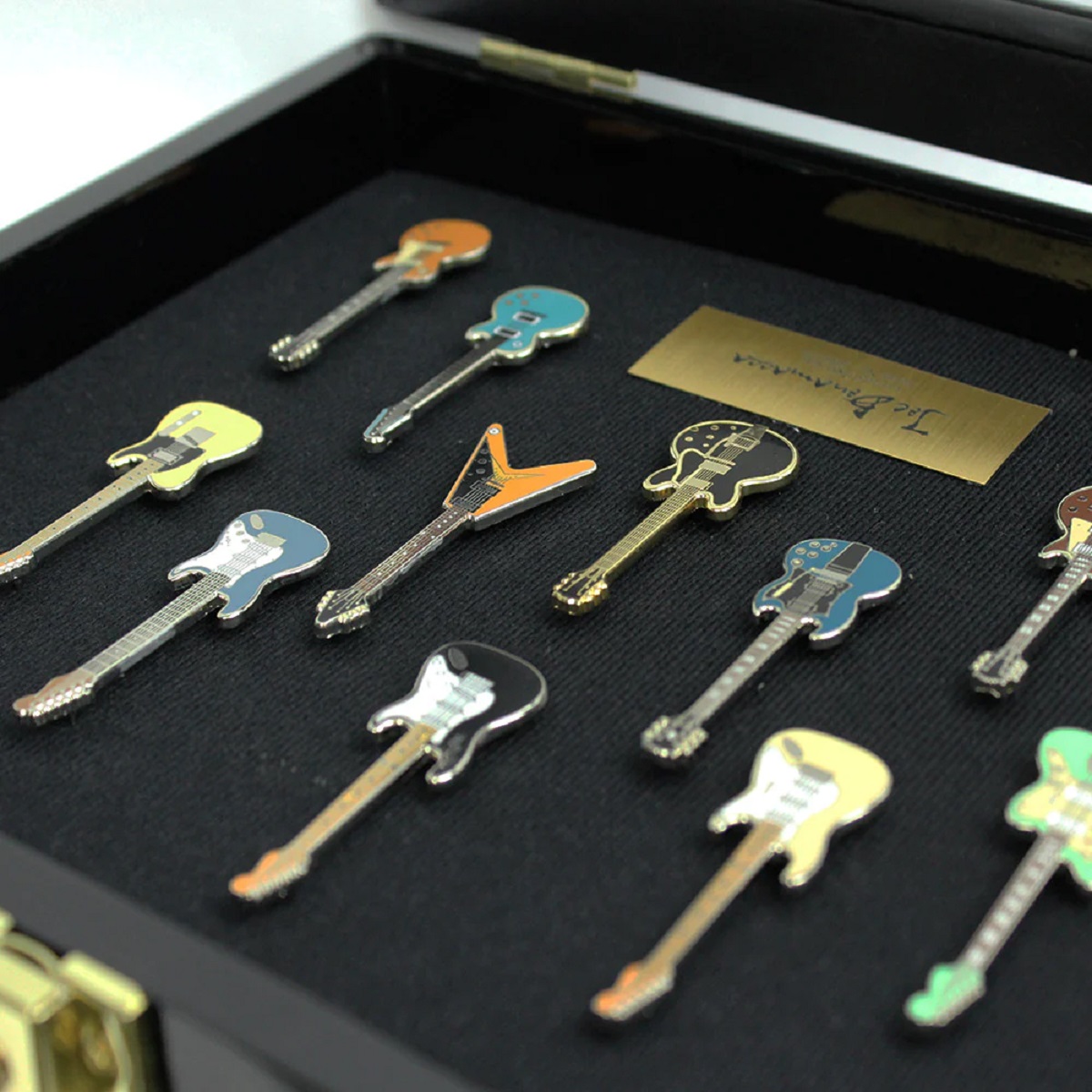
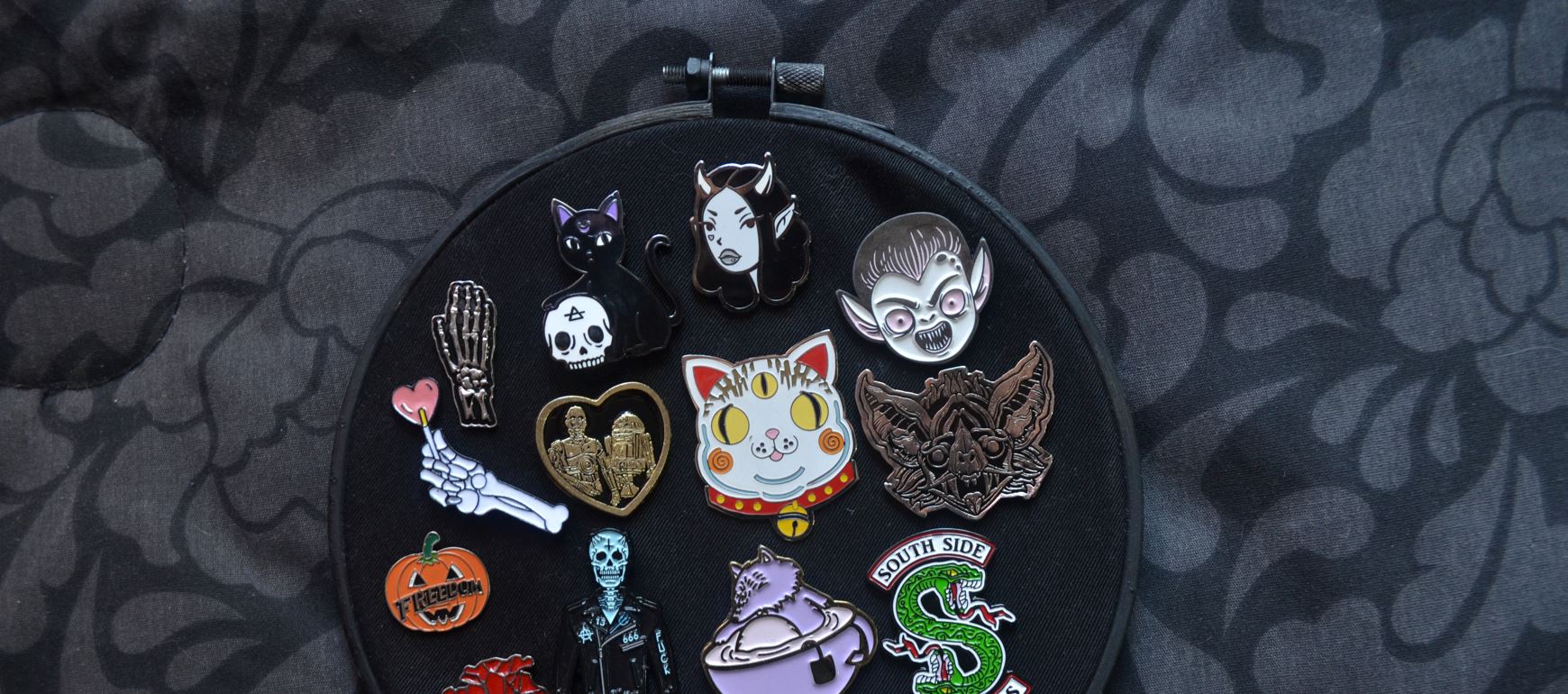
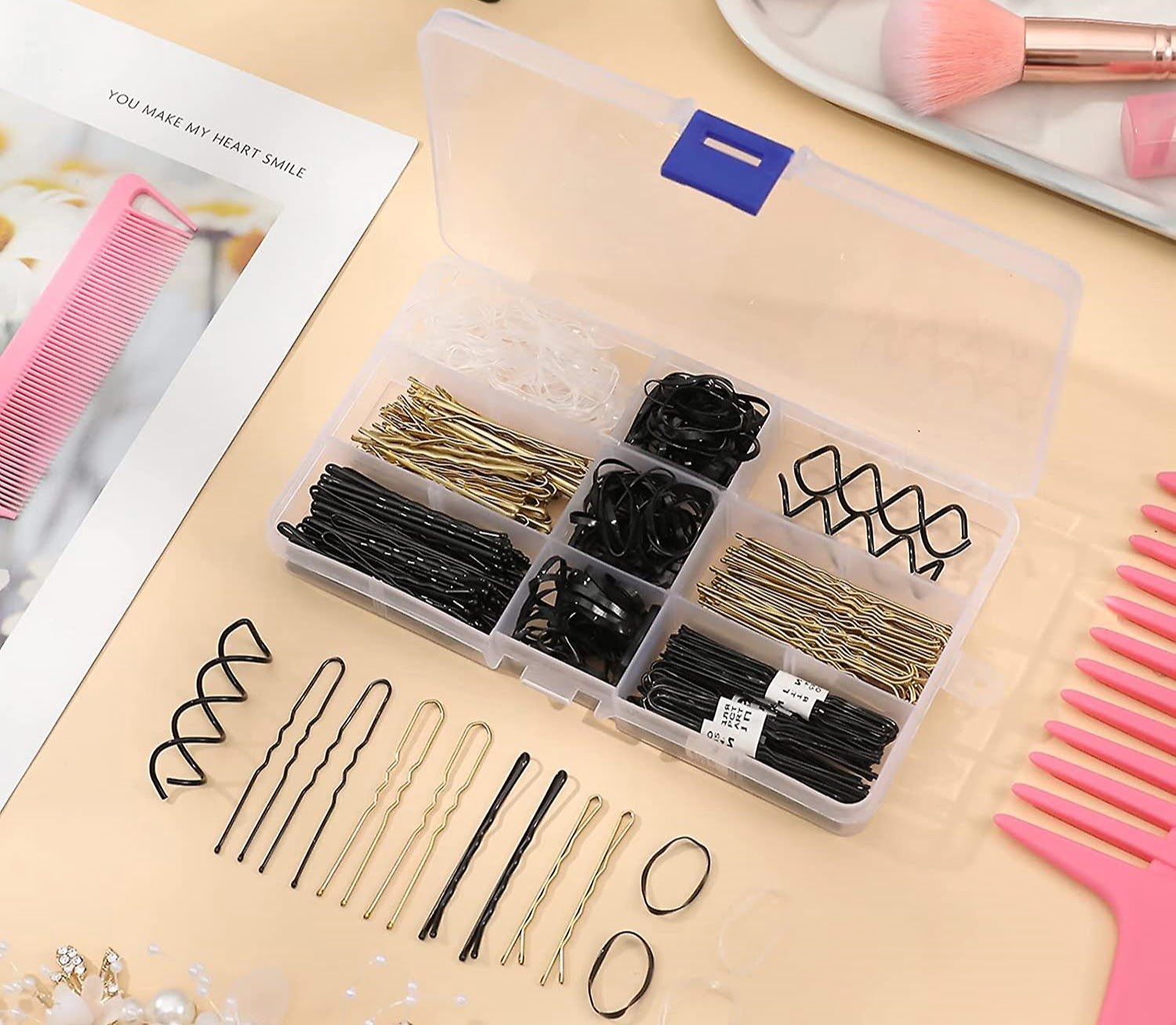
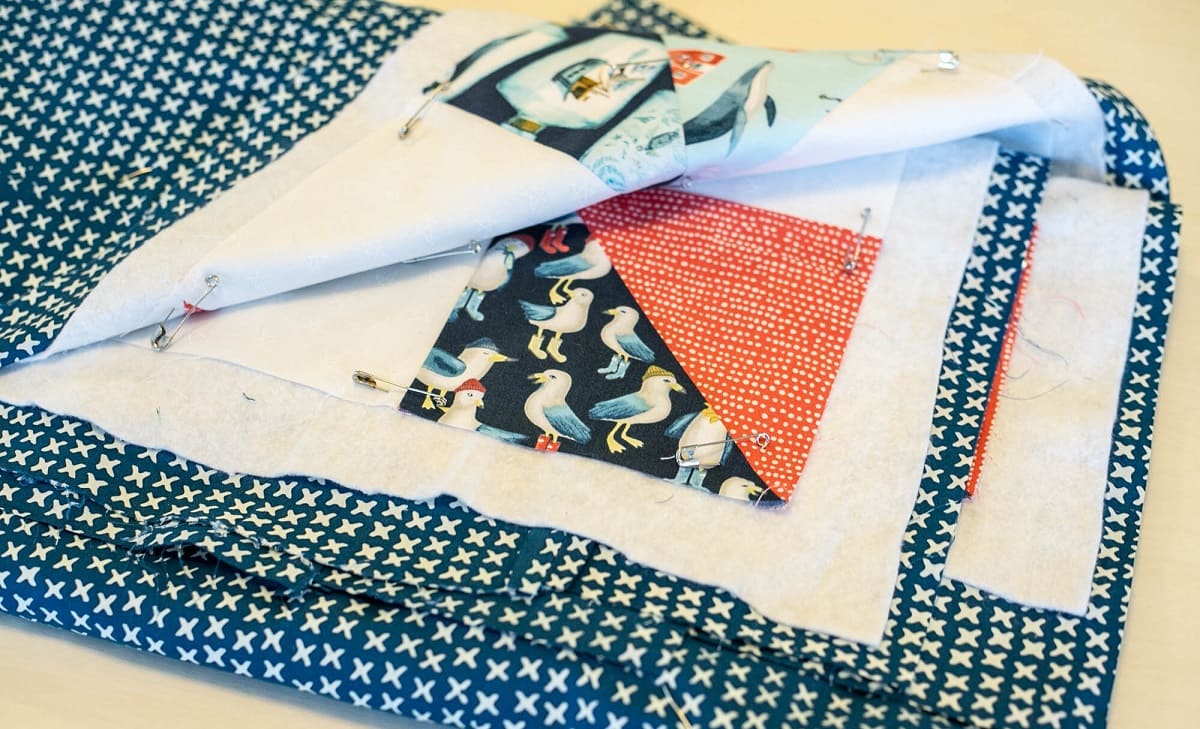
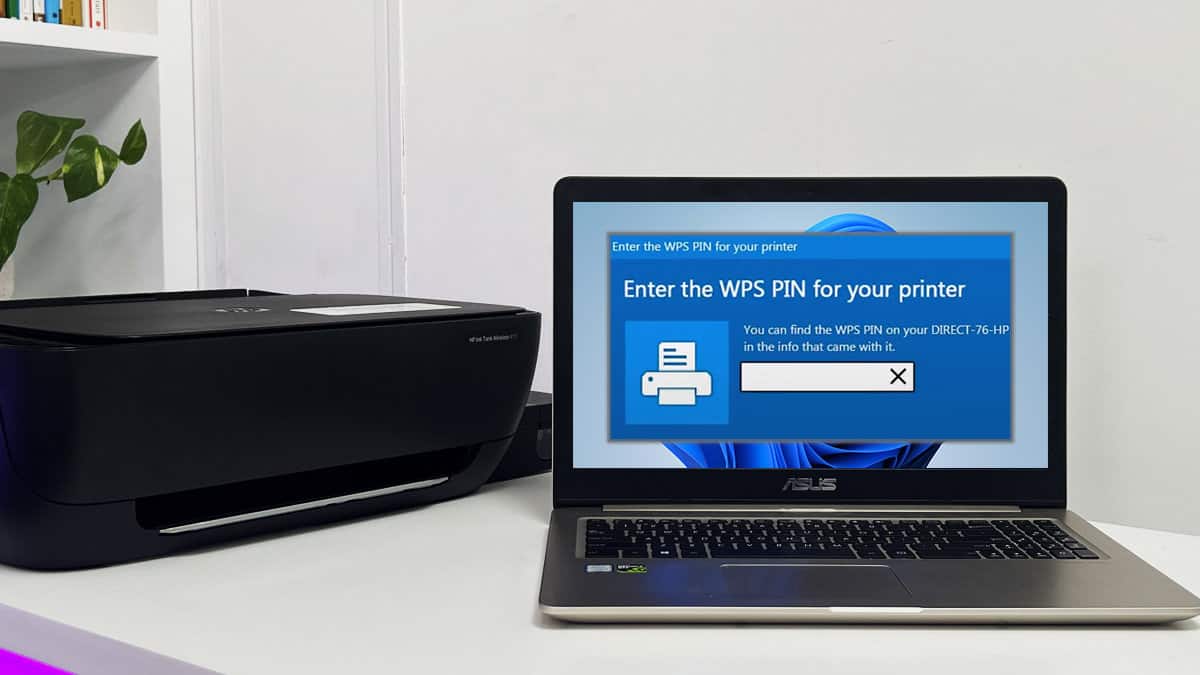
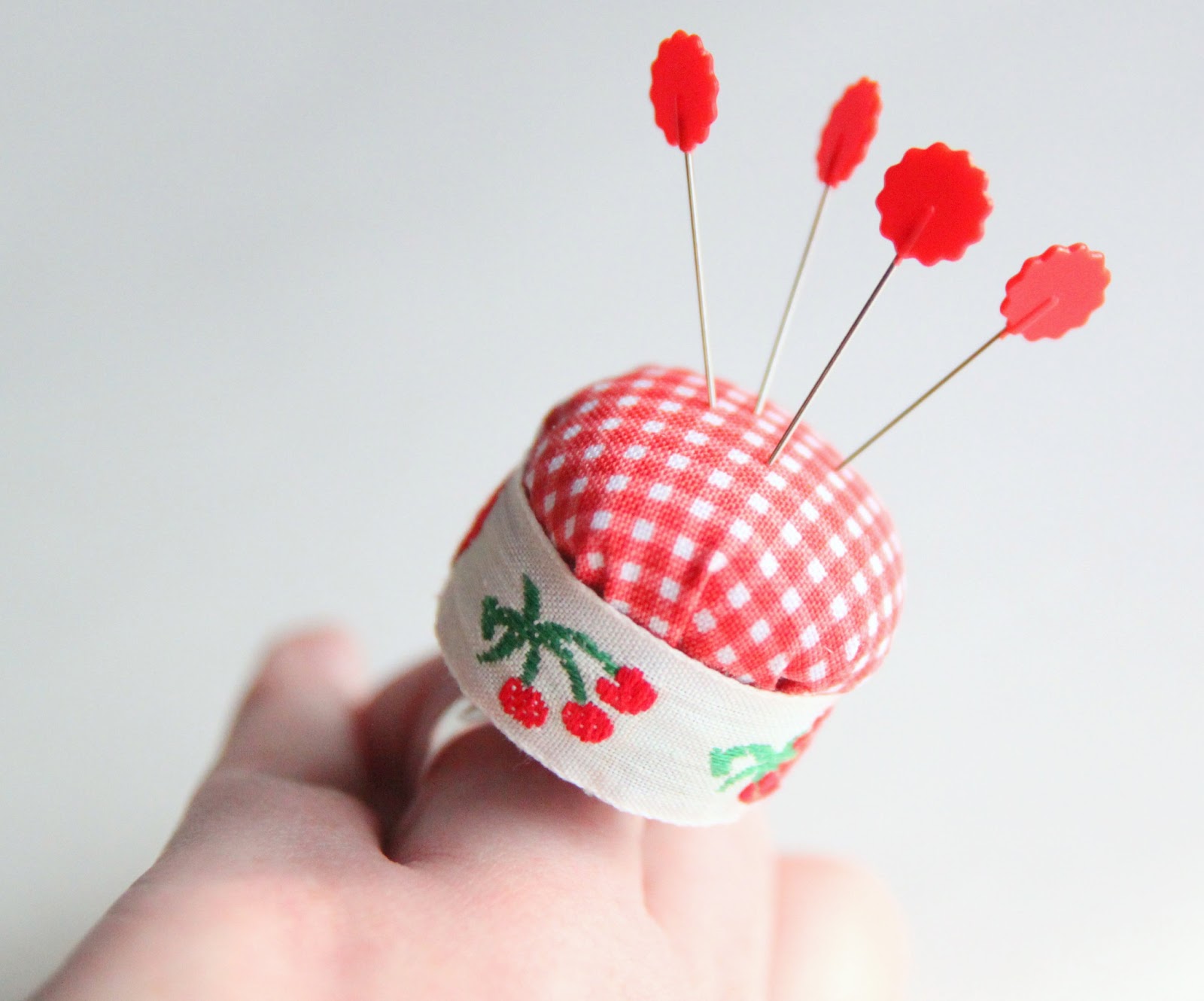
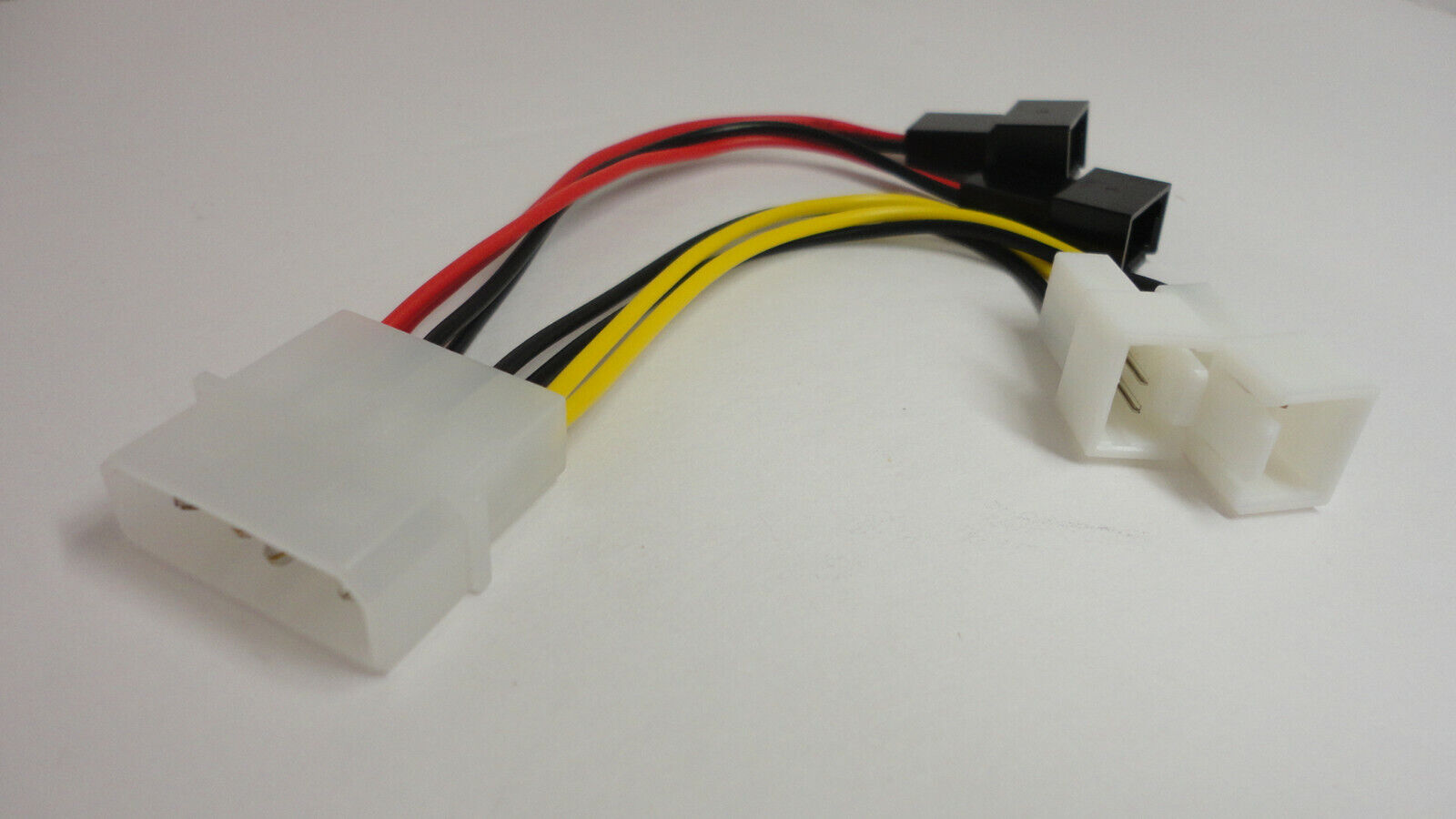
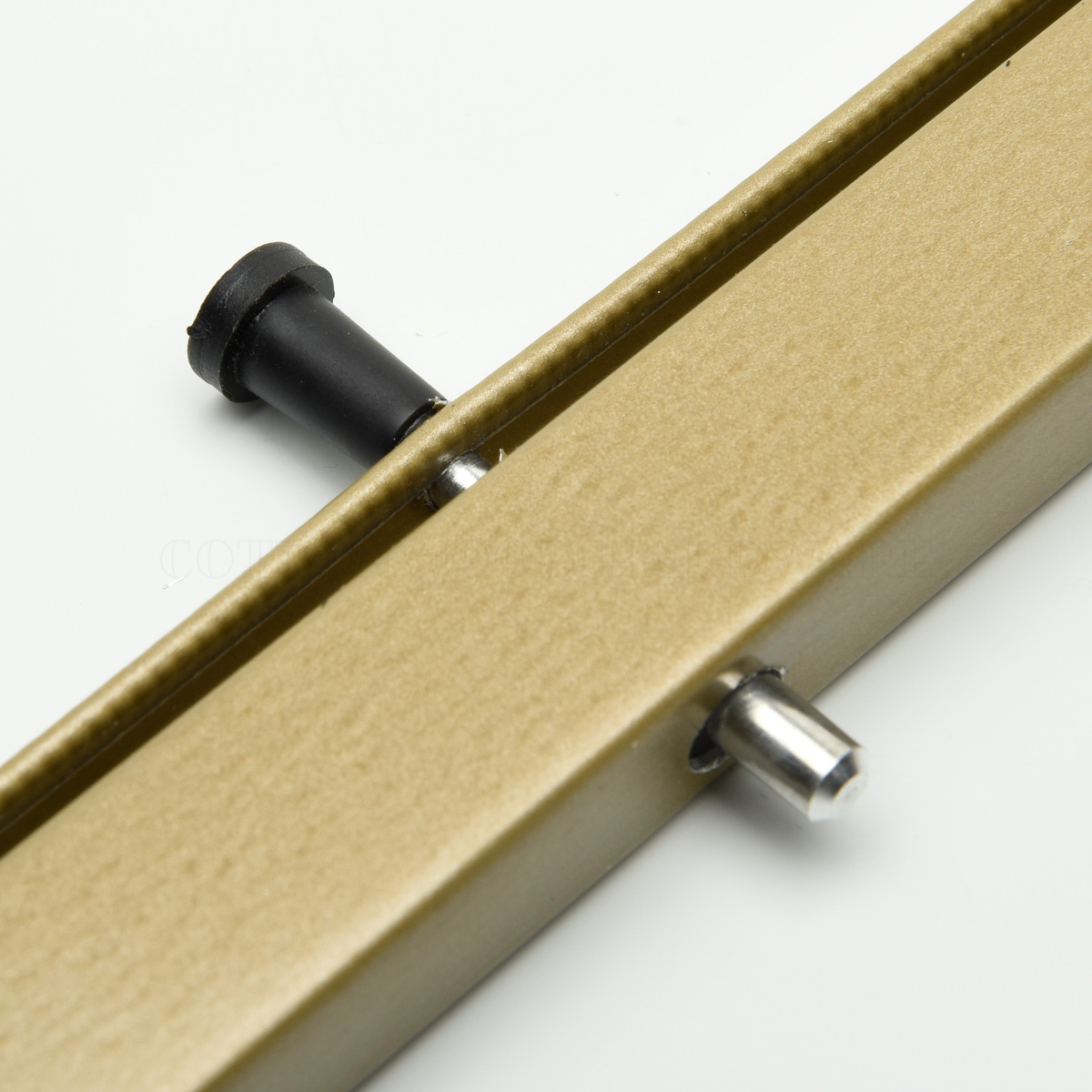
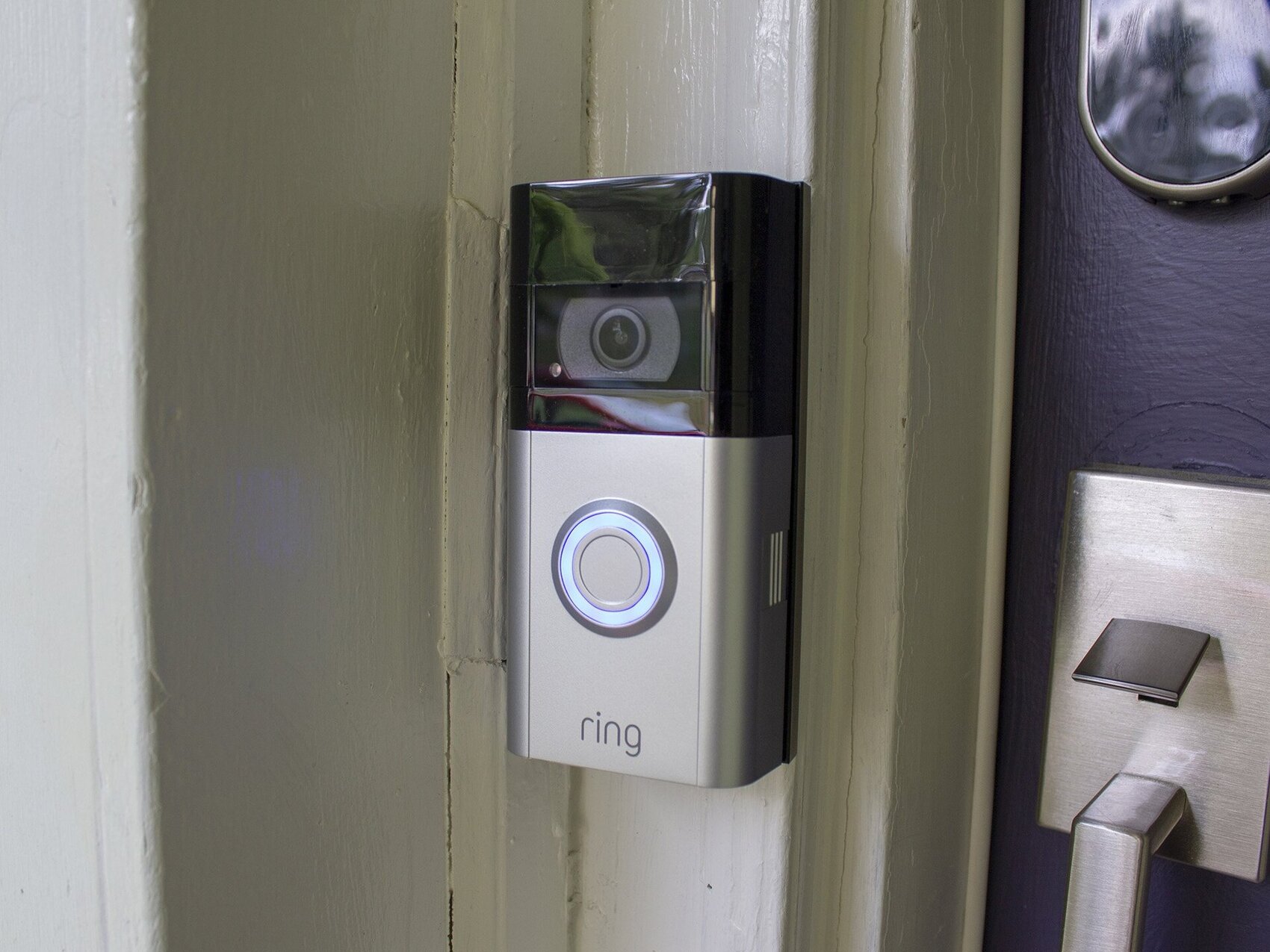
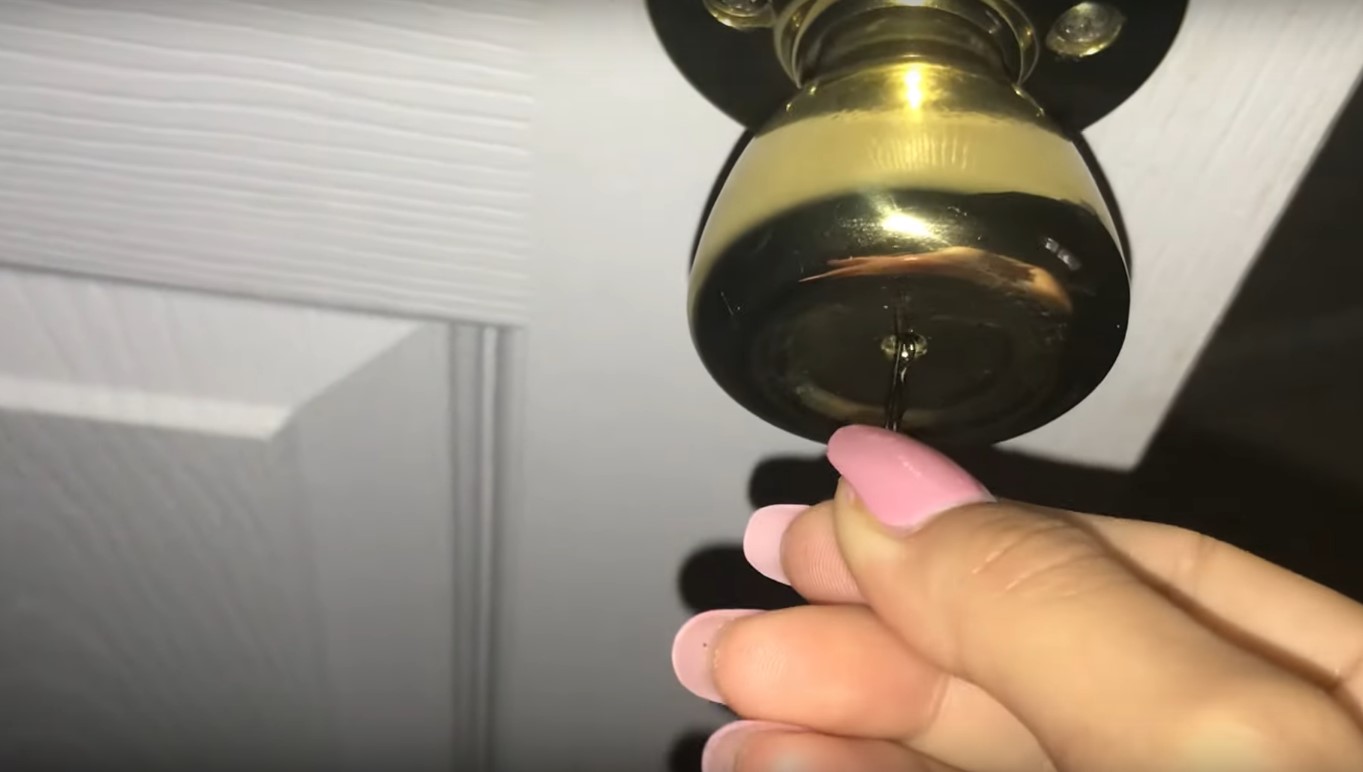
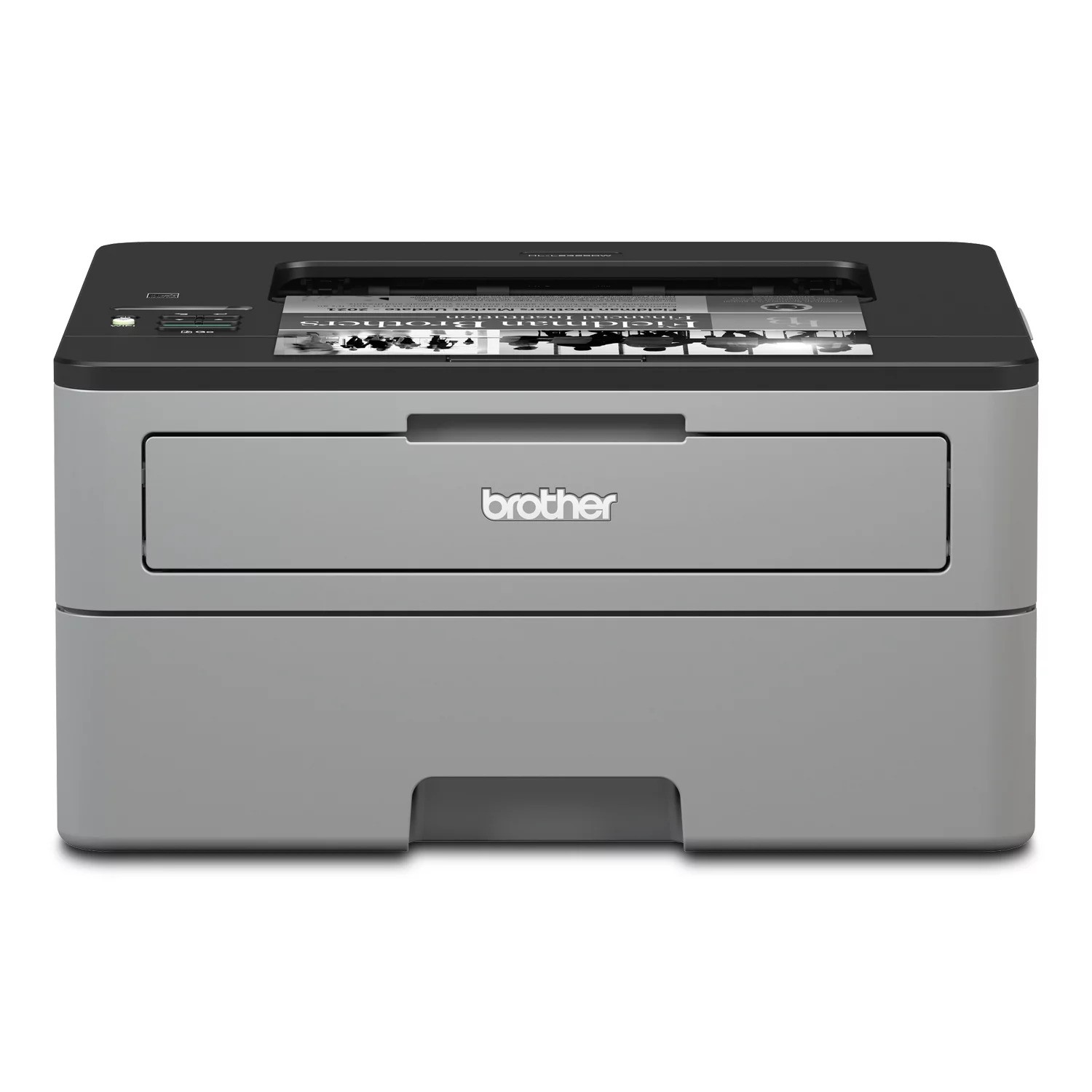
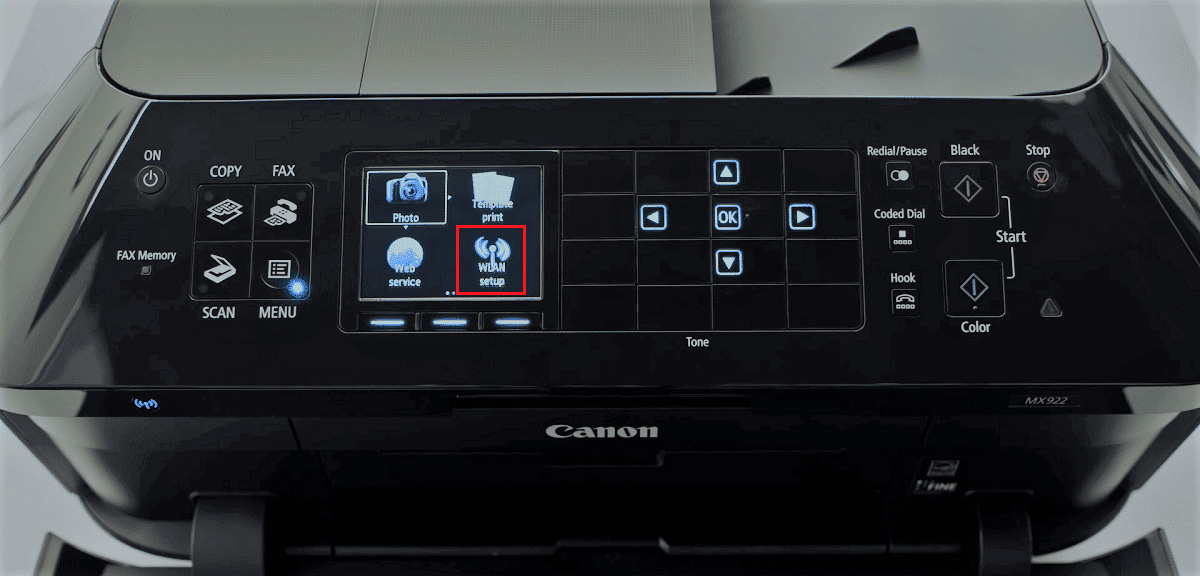
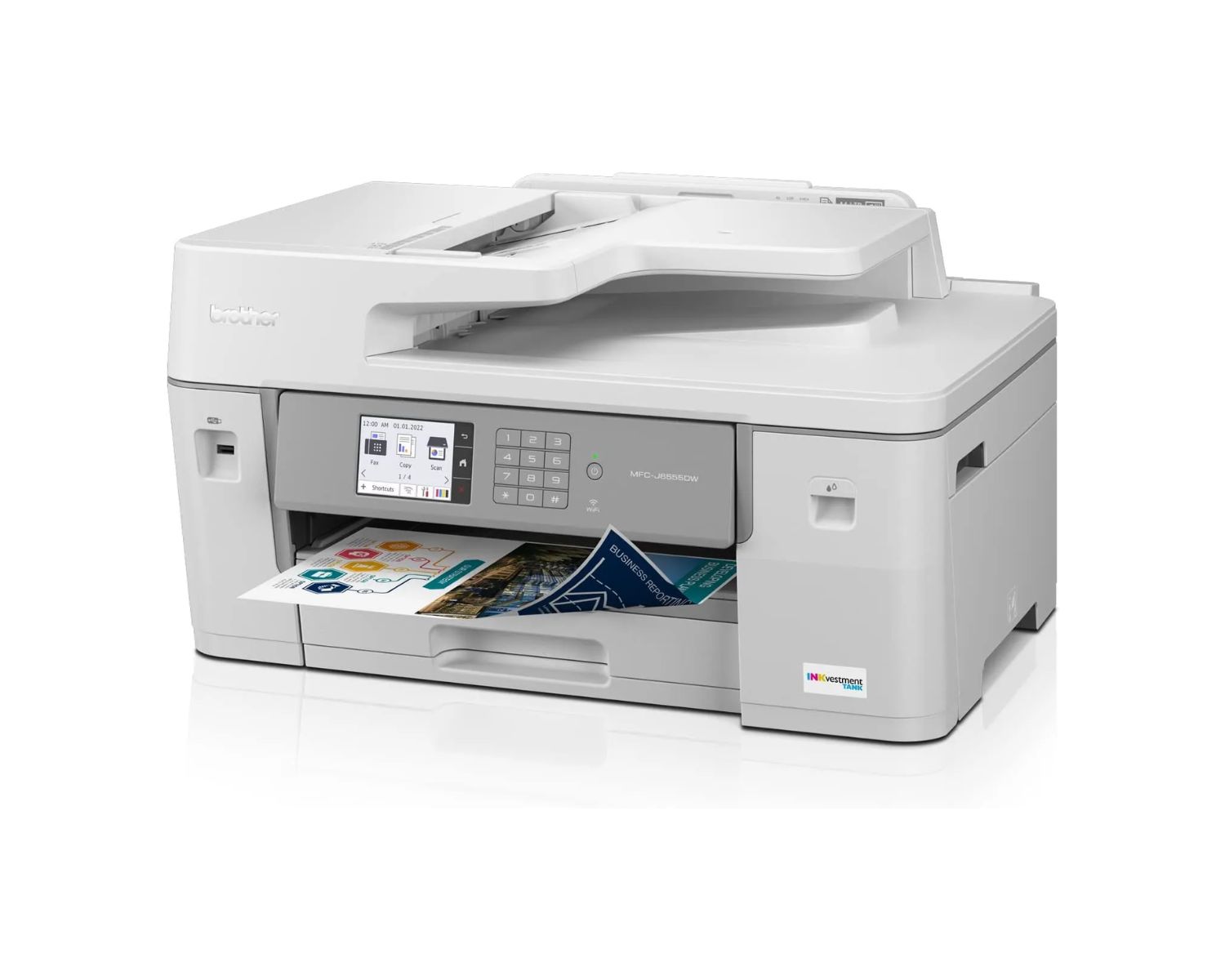

0 thoughts on “How To Store Pins”